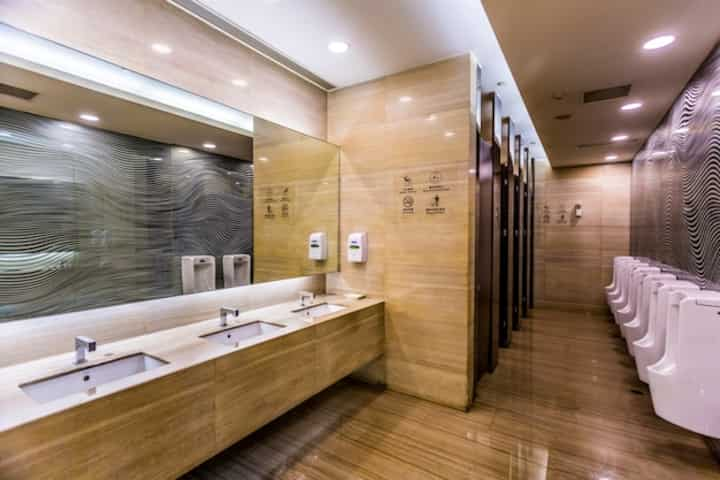
Enhance Home Accessibility with Bathroom Solutions
Creating an accessible home environment is vital for individuals with mobility challenges or disabilities. The bathroom, in particular, can pose significant accessibility hurdles. Implementing thoughtful bathroom solutions can transform this space, making it safer and more user-friendly for everyone. This article explores various strategies and modifications that can enhance bathroom accessibility, thus promoting independence and comfort.
Understanding the Need for Accessible Bathrooms
Bathrooms are essential spaces that require special consideration when designing for accessibility. The need to adapt these spaces arises due to the potential risks and difficulties associated with using standard bathroom setups, especially for those with mobility impairments.
Common Challenges in Standard Bathrooms
- High bathtubs and shower ledges that are difficult to navigate.
- Slick surfaces that increase the risk of slipping.
- Insufficient space for maneuvering with mobility aids like wheelchairs or walkers.
- Inaccessible fixtures such as sinks and toilets at inconvenient heights.
Key Bathroom Accessibility Solutions
To address these challenges, several modifications can be made to enhance bathroom accessibility. These solutions range from simple adjustments to comprehensive renovations.
Installing Grab Bars and Handrails
Grab bars and handrails provide essential support for individuals who need assistance with balance or moving from one point to another. Proper installation near toilets, showers, and bathtubs can significantly reduce the risk of falls. Learn more in this detailed guide.
Adjusting Toilet and Sink Heights
Standard toilets and sinks may be too low or too high for comfortable use by individuals with mobility challenges. Adjustable or specially designed fixtures can be installed to accommodate diverse needs, ensuring ease of use. Read more about this topic.
Creating a Barrier-Free Shower
A barrier-free shower eliminates the need to step over high edges, allowing easy access for wheelchairs and walkers. Options include roll-in showers and walk-in tubs with doors, which can greatly enhance safety and convenience. Explore further insights here.
Non-Slip Flooring Solutions
Installing non-slip flooring materials is a fundamental step in preventing accidents. Textured tiles or slip-resistant vinyl can provide a safer surface underfoot, reducing the likelihood of slips and falls. Find additional information here.
Considering Universal Design Principles
Universal design principles aim to create environments accessible to all people, regardless of age, size, ability, or disability. Applying these principles to bathroom design ensures a functional and inclusive space.
Incorporating Adequate Space
Designing bathrooms with adequate space is crucial for maneuverability, especially for wheelchair users. Sufficient clearance around fixtures and wide doorways can enhance accessibility.
Smart Technology Integration
Smart technology can play a significant role in enhancing bathroom accessibility. Motion-sensor faucets, voice-activated lighting, and automated toilets are examples of innovations that can make bathrooms more user-friendly.
Conclusion
Enhancing bathroom accessibility is an essential step towards creating a safer and more comfortable living environment for individuals with mobility challenges. By implementing a combination of practical modifications and embracing universal design principles, bathrooms can become inclusive spaces that cater to the needs of all users. For more in-depth information and guidance on bathroom accessibility solutions, visit this detailed guide.